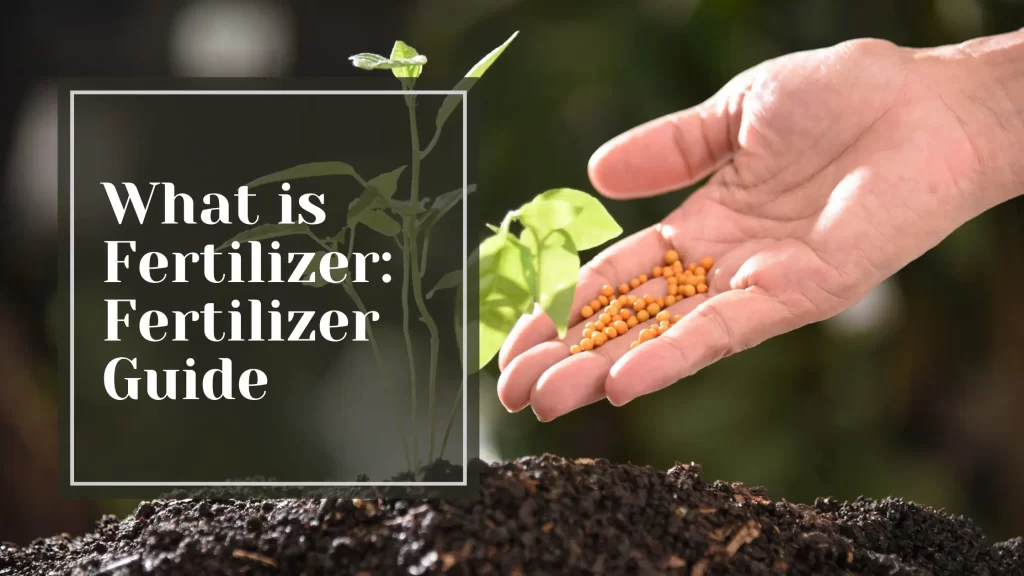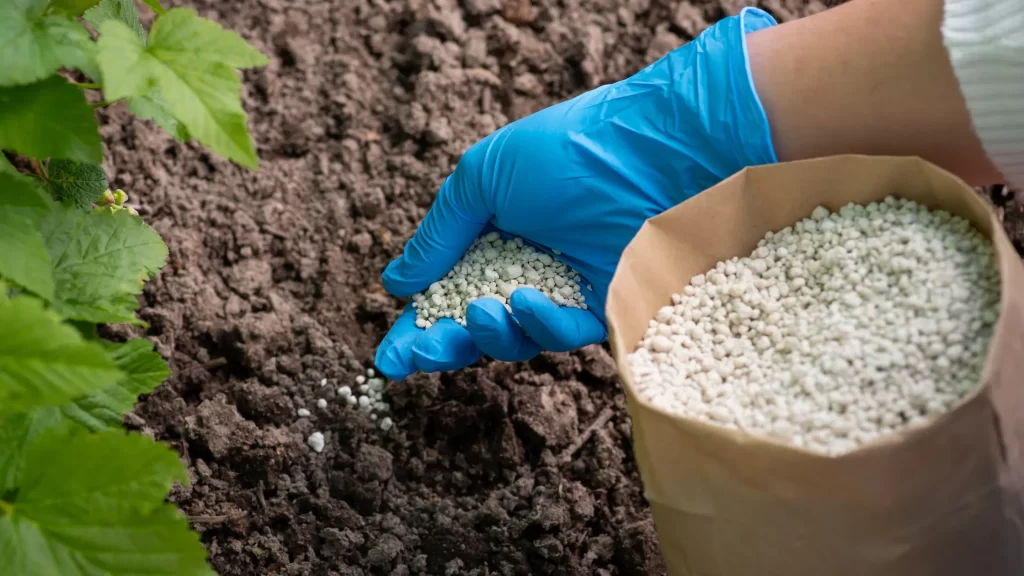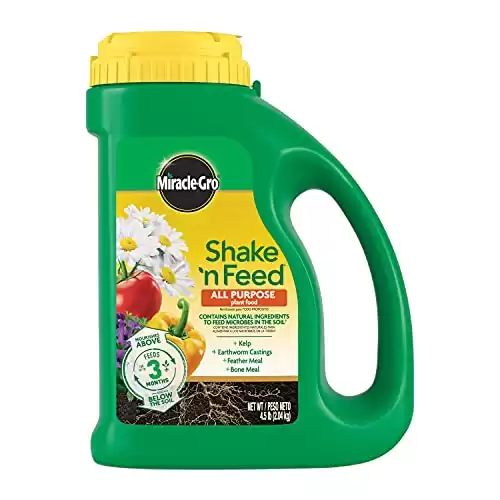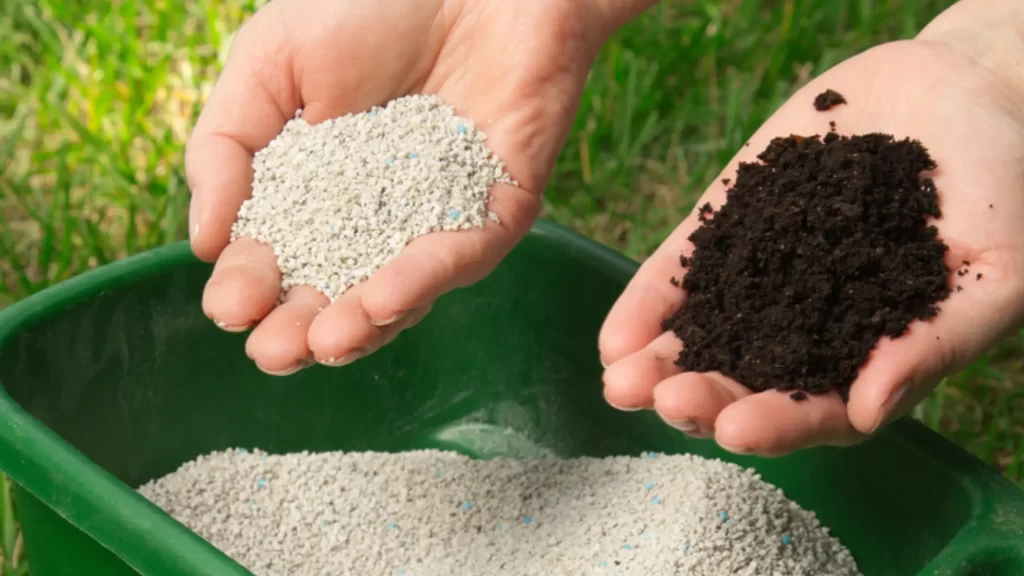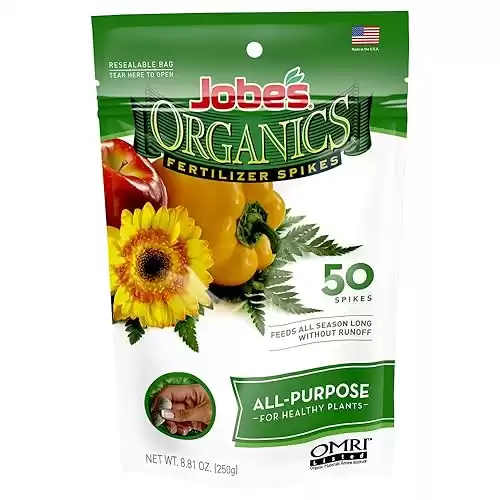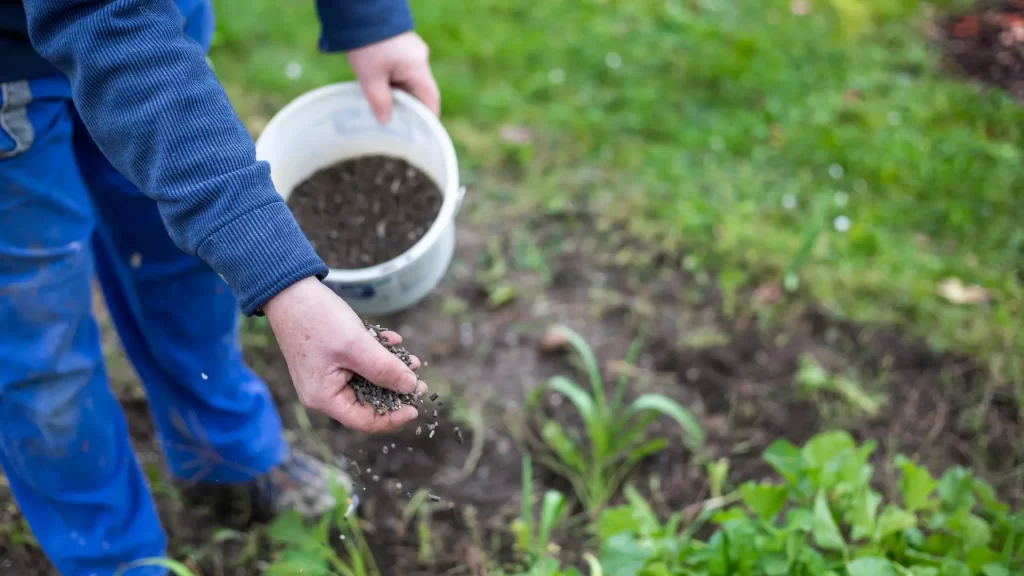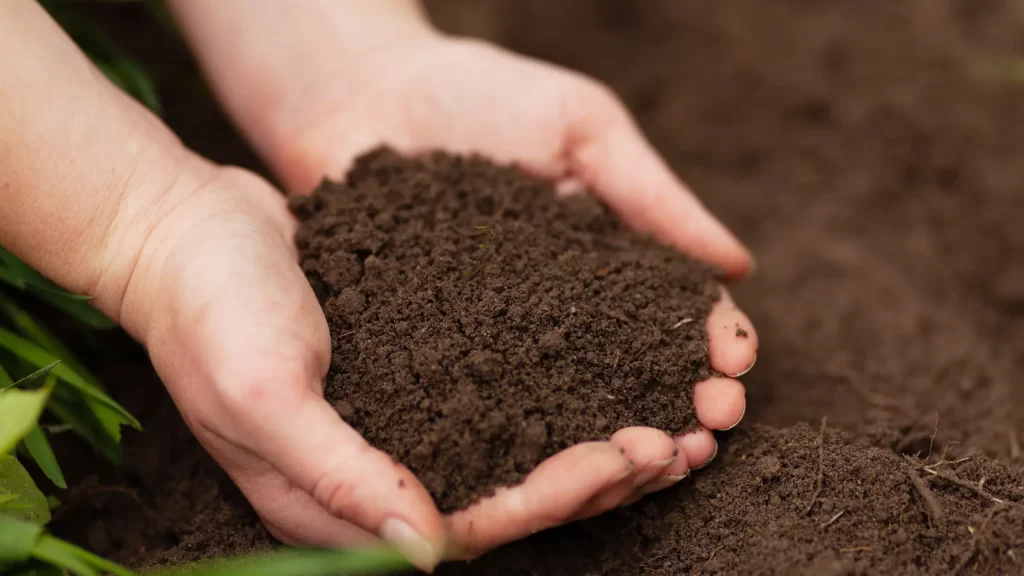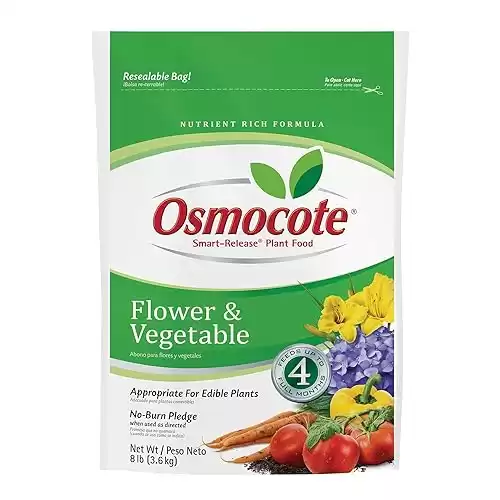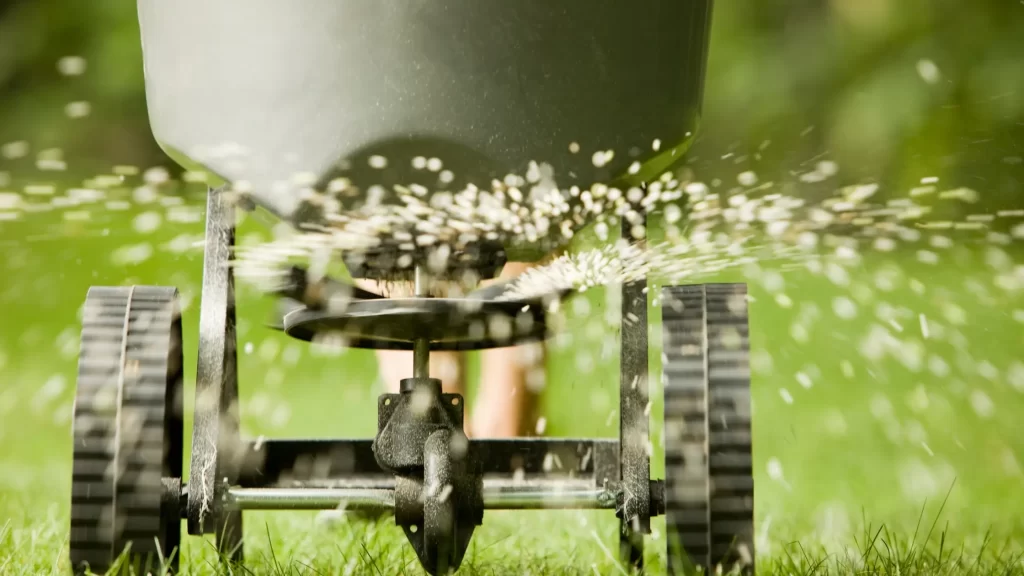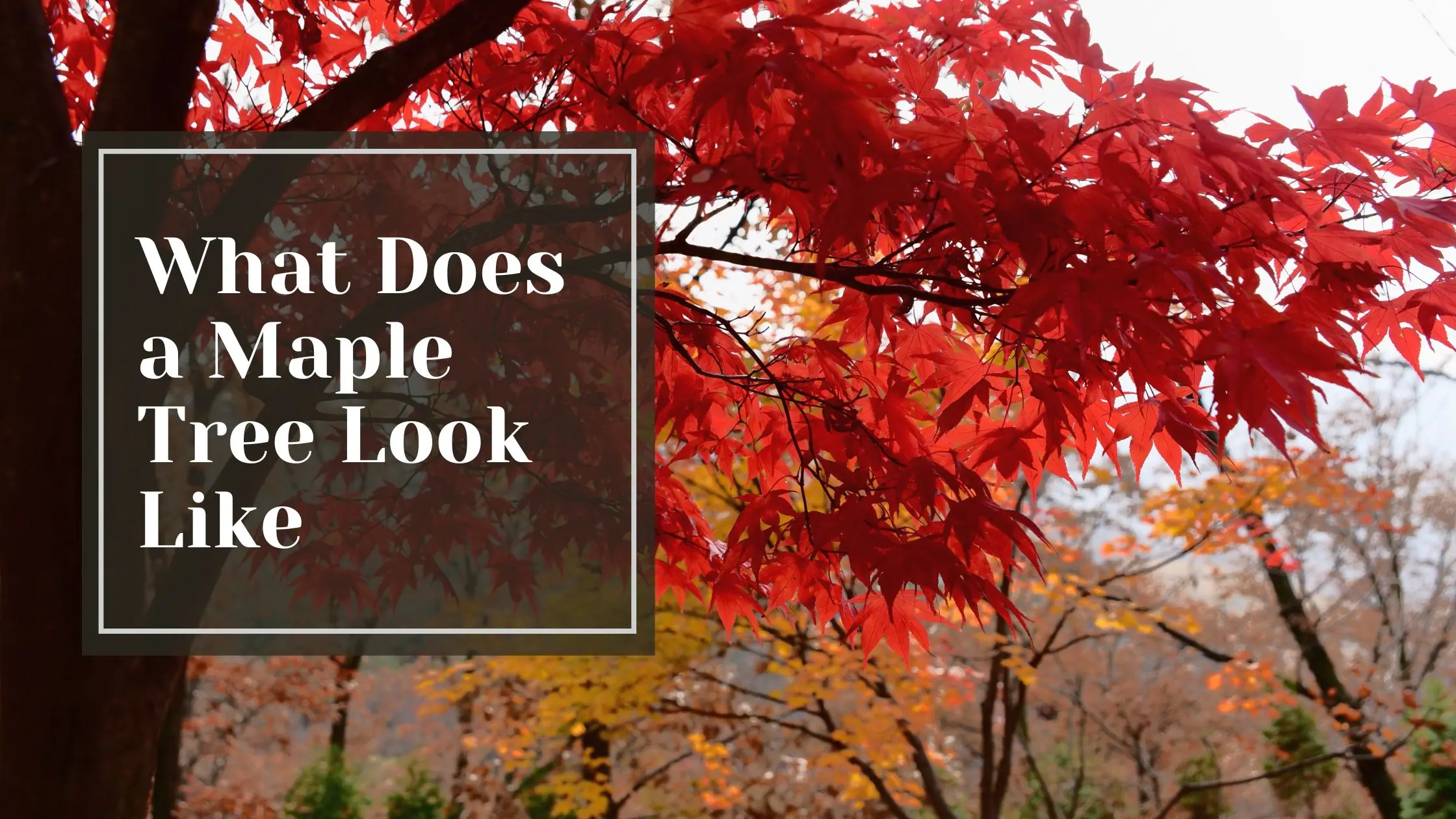In the world of gardening and agriculture, fertilizers play a vital role in promoting healthy plant growth and maximizing yields. Whether you’re a seasoned gardener, farmer, or a green thumb novice, understanding the different types of fertilizers and their applications can significantly enhance the success of your gardening endeavors. This guide explores the major types of fertilizers recognized, the benefits they bring, and the optimal times to apply them. Plant nutrition may seem complex, so we’ll break it down to the basics – the basic elements that is!
Table of Contents
ToggleNitrogen, Phosphorus, and Potassium (N-P-K): The Holy Trinity
The three primary nutrients essential for plant growth are nitrogen (N), phosphorus (P), and potassium (K). Fertilizers are often labeled with a set of three numbers representing the percentage of these nutrients in the product. Understanding the significance of each nutrient is crucial for choosing the right fertilizer for your plants.
Nitrogen (N)
Vital for leaf and stem development, nitrogen-rich fertilizers are ideal for promoting lush, green foliage. Plants such as lettuce, spinach, and lawns benefit greatly from high nitrogen fertilizers.
Phosphorus (P)
Essential for root development, flowering, and fruiting, phosphorus is crucial during the early stages of a plant’s life. Fruits and flowering plants like tomatoes, peppers, and blooming flowers thrive with phosphorus-rich fertilizers.
Potassium (K)
This nutrient is essential for overall plant health, aiding in disease resistance, root development, and the synthesis of proteins. Fruits, vegetables, and flowering plants benefit from potassium-rich fertilizers.
Boost your garden's vitality with Miracle-Gro Shake 'N Feed All Purpose Plant Food. Packed with essential Nitrogen, Phosphorus, and Potassium, this fertilizer promotes lush foliage, robust roots, and flourishing blooms. Ideal for a variety of plants, including lettuce, spinach, tomatoes, peppers, and more. Nurture your garden with the Holy Trinity of plant nutrients for bountiful harvests.
Nutrients in Two Main Forms:
Organic Fertilizers
Derived from natural sources such as compost, manure, and bone meal – providing an eco friendly option. These fertilizers release nutrients gradually, fostering soil health and encouraging microbial activity. They are ideal for long-term plant growth while minimizing potential environmental impacts often associated with some inorganic methods – such as nutrient imbalances.
Inorganic (Synthetic) Fertilizers
These are chemically formulated, or synthesized, fertilizers that provide nutrients in a readily available form. They come either solid in the form of granules or liquid, and aim to ensure rapid nutrient absorption by plants. Often used for quick results, these can be tailored to specific plant nutrient needs. However, overuse may lead to soil and water pollution. Commonly employed in both commercial agriculture and home gardening due to its convenience and precision.
Enhance your garden with Jobe's All-Purpose Fertilizer Spikes. Derived from natural sources like compost and manure, these eco-friendly spikes release nutrients gradually, fostering soil health. Ideal for flowers, trees, fruit, nut, shrubs, and vegetables, they offer precision and convenience while minimizing environmental impact. Elevate your gardening experience with Jobe's trusted fertilization – promoting lush, sustainable growth.
Plant-Specific Fertilization:
Vegetables
Leafy greens like lettuce and spinach benefit from nitrogen-rich fertilizers, while fruiting vegetables like tomatoes and peppers thrive with a balanced N-P-K ratio with an emphasis on phosphorus.
Flowering Plants
Roses, azaleas, and other flowering plants flourish with fertilizers higher in phosphorus and potassium. A slow-release fertilizer can sustain blooms throughout the growing season.
Fruit Trees
Citrus trees, apple trees, and other fruit-bearing plants require a balanced fertilizer with emphasis on potassium for fruit development. Apply in late winter or early spring before the growing season begins.
Best Application Times:
Late Winter – Early Spring
Appling a balanced fertilizer with an emphasis on phosphorus promotes root development and general growth for the primary growing season.
Late Spring
Nitrogen-rich fertilizers boost vegetative growth and encourage lush foliage. Use before summer and fall harvests for bountiful yields!
Early Summer
Apply a phosphorus and potassium heavy mix to support flowering and fruiting. Certain crops may favor one of these growth elements more than the other – it pays to research which one they like most before you apply.
Fall
Potassium helps with the movement of water, nutrients and carbohydrates in plant tissues. Fertilizers with high potassium contents are ideal for plants in the winter months.
Nurture your garden with Osmocote Smart-Release Plant Food for Flowers & Vegetables. This 8 lb. formula, designed for optimal growth, aligns perfectly with seasonal needs. Apply in late winter to early spring for robust root development. Come late spring, the nitrogen-rich blend boosts vegetative growth, ensuring lush foliage. In early summer, the phosphorus and potassium mix supports flowering and fruiting, tailored for vibrant blooms and bountiful harvests. With its smart-release technology, this fertilizer caters to your plants' needs throughout the growing season.
The Fuel to Help You Flourish
Fertilizing your plants is a science that requires a tailored approach based on the specific needs of each type of plant. By understanding the N-P-K ratios, types of fertilizers, and the timing of applications, you can unlock the full potential of your garden and enjoy bountiful harvests and vibrant blooms. Experiment with different fertilizers, observe your plants’ responses, and tailor your approach to create a flourishing and sustainable garden.
Frequently Asked Questions
What Is Fertilizer, and Why Is It Important for Plants?
Fertilizer provides crucial nutrients like Nitrogen, Phosphorus, and Potassium, fostering healthy plant growth and maximizing yields in gardening and agriculture.
How Do Nitrogen, Phosphorus, and Potassium (N-P-K) Affect Plant Development?
Nitrogen supports leaf and stem development, Phosphorus is vital for root, flowering, and fruiting, while Potassium contributes to overall plant health and disease resistance.
What Are the Differences Between Organic and Inorganic Fertilizers?
Organic fertilizers, sourced naturally, enhance soil health gradually, while Inorganic fertilizers, chemically formulated, offer quick nutrient absorption, commonly used in commercial and home gardening.
When and How Should I Fertilize Specific Plants Like Vegetables, Flowering Plants, and Fruit Trees?
Tailor fertilization to plant needs; Nitrogen-rich for leafy greens, Phosphorus and Potassium for flowering plants, and a balanced mix with an emphasis on Potassium for fruit trees. Apply based on plant requirements in late winter, early spring, late spring, and fall.
Why Is Understanding N-P-K Ratios Crucial for Successful Fertilization?
N-P-K ratios represent the percentage of Nitrogen, Phosphorus, and Potassium in fertilizers. This understanding is essential for selecting the right fertilizer, ensuring optimal plant nutrition, and achieving overall gardening success.

